
As we continue our journey through 2023, stepping back and examining the state of bicycle safety is essential. This topic grows more relevant as more people turn to bicycles for commuting, exercise, or leisure activities. For our clients at Jeffrey Glassman Injury Lawyers, we explore recent trends, contributing factors to accidents, and potential strategies for improving safety on the roads.
Our goal is to shed light on the latest information shaping the landscape of bicycle safety. These trends are complex and multifaceted, driven by a myriad of factors, such as the evolution of urban design, the increasing density of bike lanes, and the advent of new safety technologies. They also reflect changes in public policy and societal attitudes towards cycling and outdoor activities.
We’ll further dissect the contributing factors to bicycle accidents. This examination is crucial, not just for identifying the causes but also for understanding the nuances of these incidents. The factors contributing to bicycle accidents are often intertwined, ranging from infrastructural issues like poorly designed roadways and bike lanes to behavioral aspects such as lack of cyclist awareness and unsafe driving practices.
 Bike Accident Lawyers Blog
Bike Accident Lawyers Blog


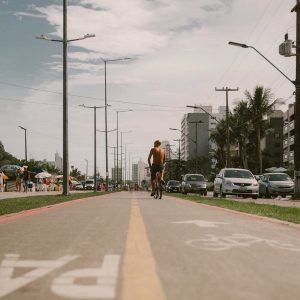
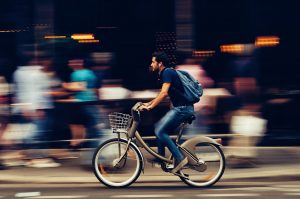
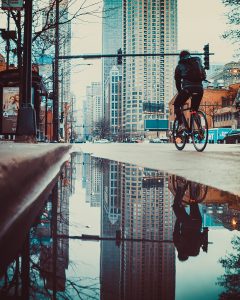


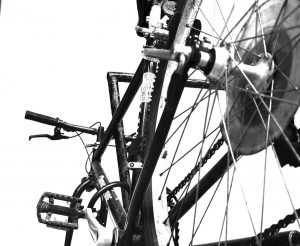 According to a recent news article from
According to a recent news article from 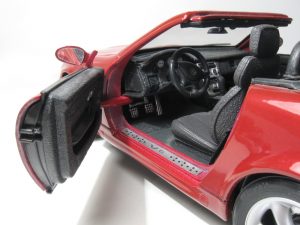 As the name implies, dooring involves opening a car door into the path of an oncoming bicyclist. These accidents most often involve the driver’s door since it opens to the left, but it can also involve a rear passenger who is seated on the driver’s side of the vehicle. In some cases, we have seen passengers in taxi cabs or rides sharing vehicles open their doors into the path of an oncoming bicyclist, causing serious personal injury.
As the name implies, dooring involves opening a car door into the path of an oncoming bicyclist. These accidents most often involve the driver’s door since it opens to the left, but it can also involve a rear passenger who is seated on the driver’s side of the vehicle. In some cases, we have seen passengers in taxi cabs or rides sharing vehicles open their doors into the path of an oncoming bicyclist, causing serious personal injury. 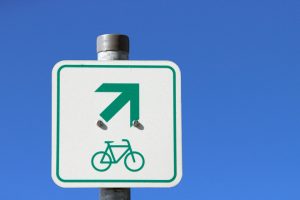 To meet the needs and protect the safety of the the growing cyclist community, there have been a lot of changes including the addition of bike lanes, some with physical barriers, and there have been renewed efforts to educate motorists on the laws pertaining to bike safety. Unfortunately, there still needs to be a lot of work in both of these area as bike riders are hit by cars on a regular basis, and many drivers do not understand bike riders have the same rights as a vehicle driver while on the streets and roads of Massachusetts.
To meet the needs and protect the safety of the the growing cyclist community, there have been a lot of changes including the addition of bike lanes, some with physical barriers, and there have been renewed efforts to educate motorists on the laws pertaining to bike safety. Unfortunately, there still needs to be a lot of work in both of these area as bike riders are hit by cars on a regular basis, and many drivers do not understand bike riders have the same rights as a vehicle driver while on the streets and roads of Massachusetts.